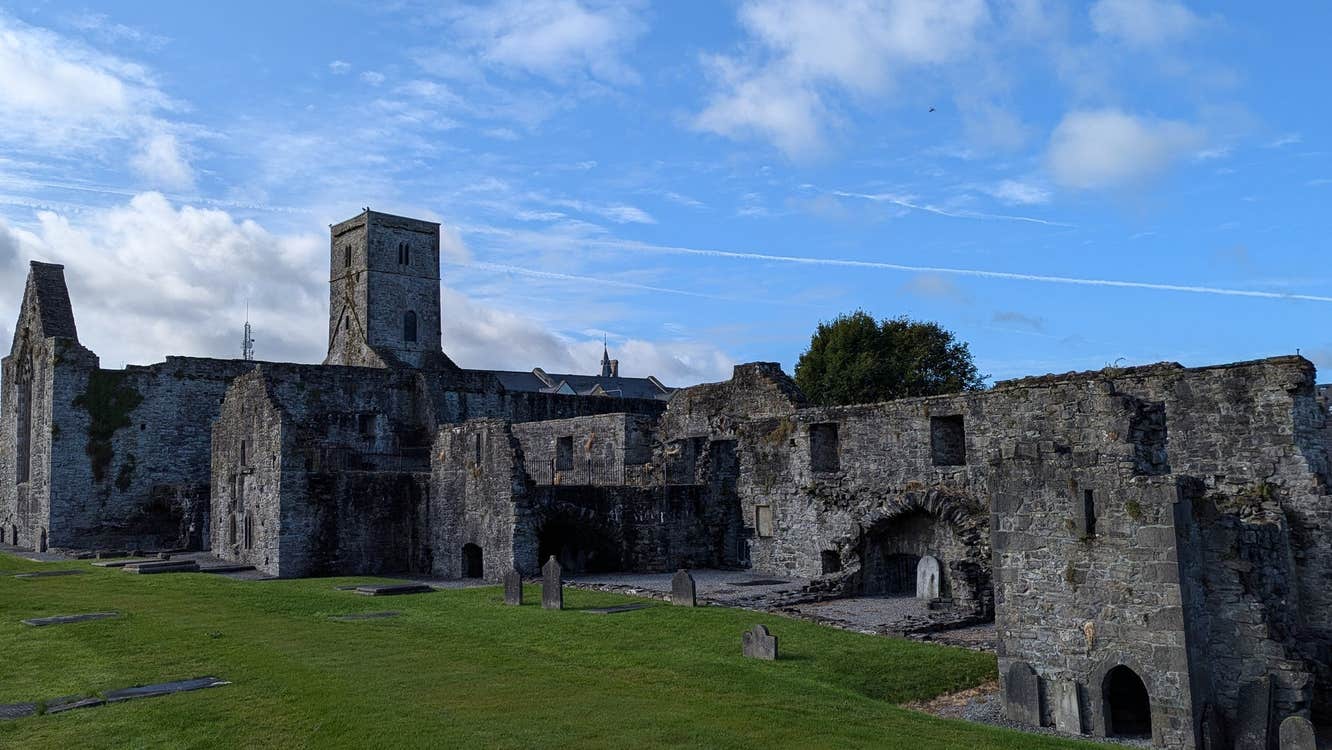Sligo Abbey has endured many calamities including an accidental fire in 1414, the dismantling of a substantial wooden cross for use as a battering ram during a siege at the town's castle in 1595 and violent destruction at the hands of plantation landlord Sir Frederic ‘The Bragger’ Hamilton in 1642. During the 18th century, the now abandoned Sligo Abbey functioned as the town's main burial ground. In the summer of 1832, the graveyard was overwhelmed by the victims of a cholera epidemic. Sligo Abbey was finally closed to burials in 1847, also known as 'Black 47' at the height of The Great Famine.
Despite the ravages of history, Sligo Abbey retains a great wealth of carvings including Gothic and Renaissance monumental sculpture, the well preserved cloister arcade, and the sculptured 15th century high altar, one of the very few to survive in an Irish monastic church.
Visitors can also explore the remains of the dining hall and dormitories on the upper floor, as well as the historic graveyard which surrounds the complex.
